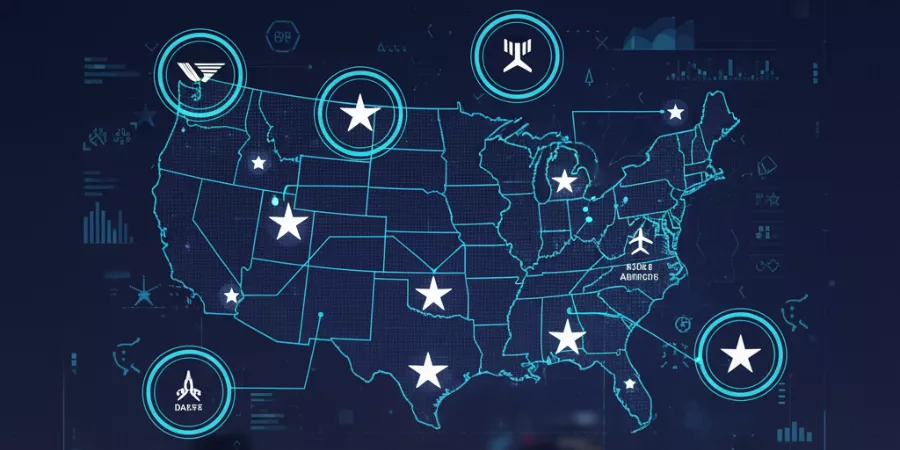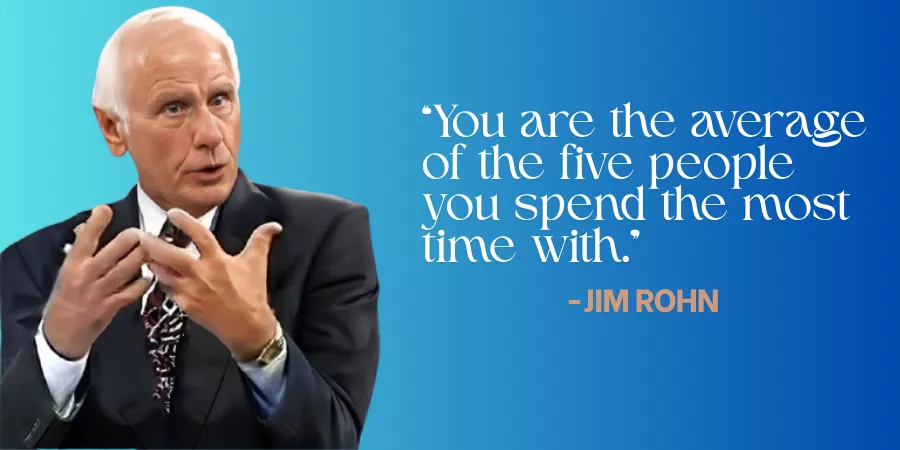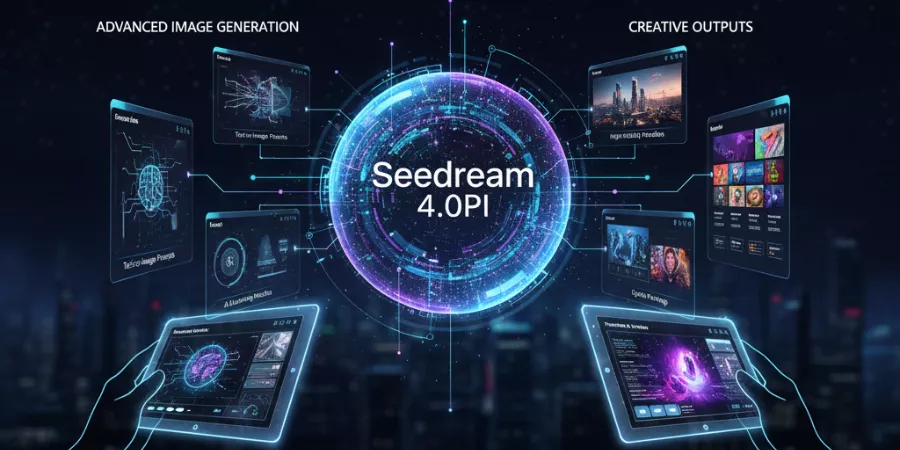In 2010, Instagram launched with 25,000 users on its first day. Few predicted it would reshape global commerce, influence political movements, and fundamentally alter human communication within a decade. As we stand in 2025 looking toward 2030, similar transformations are brewing but the technologies emerging now are far more profound than social media platforms. Quantum computers are solving problems classical machines never could, artificial intelligence is achieving reasoning capabilities once thought decades away, and the boundary between digital and physical reality is dissolving entirely. The question isn’t whether these changes will occur, but whether your organization is positioned to capitalize on them or be disrupted by them.
The Convergence Economy: Where Technologies Intersect
The defining characteristic of 2030’s technology landscape won’t be individual innovations but their convergence. Artificial intelligence, quantum computing, biotechnology, and extended reality aren’t developing in isolation they’re creating exponential possibilities at their intersection points.
McKinsey’s 2024 Technology Trends Report identifies “technological convergence” as the primary driver of value creation over the next decade. Companies that master integration across multiple technology domains will capture disproportionate market share, while those optimizing single technologies face commoditization pressure.
This convergence manifests in practical applications already emerging. Pharmaceutical companies are combining AI drug discovery with quantum simulations to reduce development timelines from ten years to eighteen months. Manufacturers are merging digital twins, IoT sensors, and predictive AI to achieve 99.9% uptime in critical infrastructure. The pattern is clear: isolated technological excellence matters less than orchestrated integration.
Seven Transformative Technologies Reshaping 2030
Ambient Intelligence: Computing That Disappears
By 2030, the concept of “using” technology will feel antiquated. Ambient intelligence where computational power embeds seamlessly into environments will make technology functionally invisible while ubiquitously present.
Gartner predicts that 60% of urban populations will interact with ambient intelligence systems daily by 2030, often without conscious awareness. Smart cities will automatically optimize traffic flow, energy consumption, and emergency response. Workspaces will adapt lighting, temperature, and acoustic properties to individual preferences and task requirements. Homes will anticipate needs based on contextual awareness rather than explicit commands.
Business Implications: Companies must shift from app-based strategies to ambient service models. Customer touchpoints will expand beyond screens to voice, gesture, and environmental sensors. Privacy-preserving architectures become non-negotiable as data collection becomes continuous rather than episodic.
Quantum Computing: From Lab to Ledger
Quantum computing is transitioning from experimental curiosity to commercial reality. IBM, Google, and emerging specialists like IonQ are racing toward “quantum advantage” the point where quantum machines solve practical business problems faster than classical supercomputers.
By 2030, quantum computing will revolutionize specific domains rather than replacing traditional computing wholesale. Financial institutions will use quantum algorithms for portfolio optimization and fraud detection. Pharmaceutical companies will simulate molecular interactions with unprecedented accuracy. Logistics companies will solve routing problems involving millions of variables in real-time.
Market Reality: Boston Consulting Group estimates the quantum computing market will reach $90 billion by 2030, with early adopters gaining 5-7 year competitive advantages in optimization-dependent industries.
Generative AI: From Content Creation to Scientific Discovery
Today’s generative AI impresses by creating images and text. Tomorrow’s versions will generate scientific hypotheses, design novel materials, and architect entire business strategies. The technology is evolving from pattern recognition to reasoning and causal understanding.
By 2030, AI systems will serve as co-scientists, co-strategists, and co-creators rather than mere tools. DeepMind’s AlphaFold already demonstrates this trajectory solving protein folding problems that eluded humans for decades. Similar breakthroughs will accelerate across materials science, climate modeling, and economic forecasting.
Workforce Impact: PwC research suggests 30% of current knowledge work will be augmented rather than replaced by AI. The premium shifts to uniquely human capabilities: ethical judgment, creative synthesis, and emotional intelligence combined with AI fluency.
Emerging Technology Landscape: 2030 Snapshot
| Technology Domain | Maturity by 2030 | Primary Impact | Market Size |
| Ambient Intelligence | Mainstream adoption | Consumer experience, smart cities | $280B |
| Quantum Computing | Early commercial phase | Optimization, cryptography, simulation | $90B |
| Advanced AI | Reasoning-capable systems | Knowledge work augmentation | $1.8T |
| Brain-Computer Interfaces | Medical + niche consumer | Healthcare, accessibility | $27B |
| Sustainable Tech | Industry standard | Climate, resource optimization | $2.4T |
| Synthetic Biology | Scaled manufacturing | Materials, food, medicine | $189B |
| Extended Reality | Merged with ambient computing | Remote collaboration, training | $470B |
Brain-Computer Interfaces: Thought as User Interface
Neuralink and Synchron are pioneering direct neural interfaces that bypass traditional input methods. While widespread consumer adoption remains years away, medical applications will achieve mainstream acceptance by 2030.
Paralyzed patients will control wheelchairs and prosthetics through thought alone. Stroke victims will accelerate rehabilitation through neural feedback systems. These medical applications establish regulatory pathways and public acceptance that enable broader adoption in subsequent decades.
Investment Focus: The BCI market will grow from $2.4 billion in 2024 to $27 billion by 2030, driven primarily by healthcare applications. Companies should monitor regulatory developments and begin scenario planning for post-2030 consumer applications.
Sustainable Technology: Climate Tech as Core Infrastructure
Environmental considerations are shifting from corporate social responsibility initiatives to core business infrastructure. By 2030, carbon accounting will be as fundamental as financial accounting, and climate-optimized operations will determine competitive advantage.
Technologies enabling this transformation include advanced battery systems achieving 1000+ cycle longevity, green hydrogen production at grid parity pricing, and AI-driven supply chain optimization reducing waste by 40-60%. The International Energy Agency projects that clean technology investments will exceed $4 trillion annually by 2030 surpassing fossil fuel investments by 3:1 ratios.
Competitive Dynamics: Early climate tech adopters are already seeing advantages. Ørsted transformed from fossil fuel company to renewable energy leader, increasing market valuation 400% in seven years. Similar opportunities exist across manufacturing, transportation, and agriculture.
Strategic Preparation: Building 2030-Ready Organizations
Forward-looking companies aren’t waiting until 2030 to respond they’re positioning now through deliberate capability building.
Technology Literacy at Scale: Organizations should mandate baseline technology fluency across all roles, not just technical positions. Salesforce’s “Trailhead” program demonstrates how companies can rapidly upskill workforces through accessible, gamified learning platforms.
Flexible Architecture: Technical debt accumulated today constrains 2030 possibilities. Companies should prioritize modular, API-first architectures that enable rapid integration of emerging technologies. Adobe’s transition from perpetual software licenses to cloud subscriptions exemplifies architectural flexibility enabling continuous innovation.
Ethical Frameworks: As technologies grow more powerful, ethical guardrails become competitive differentiators. Microsoft’s responsible AI principles and Salesforce’s Office of Ethical Use demonstrate how proactive frameworks build stakeholder trust and reduce regulatory risks.
Conclusion
The technologies shaping 2030 are already visible in 2025 research labs, pilot programs, and early commercial deployments. The digital horizon isn’t distant it’s approaching rapidly, and the organizations thriving beyond it are those investing strategically today.
Three imperatives stand out for business leaders. First, abandon single-technology thinking in favor of convergence strategies that orchestrate multiple innovations simultaneously. Second, balance bold experimentation with rigorous risk management the cost of inaction often exceeds the cost of measured failure. Third, recognize that technology transformation succeeds or fails based on human factors: culture, leadership, and organizational adaptability matter more than technical specifications.
The future arriving by 2030 won’t be uniformly distributed. Some organizations will harness quantum computing, ambient intelligence, and advanced AI to achieve unprecedented capabilities. Others will struggle with legacy systems and outdated mindsets. The difference between these outcomes is determined by decisions made today investments in talent, infrastructure, and strategic positioning that compound over the next five years.
What lies beyond the digital horizon isn’t predetermined. It’s being shaped by leaders willing to think boldly, invest wisely, and build organizations capable of continuous transformation. The question isn’t what 2030 will bring, but what role your organization will play in creating it.














